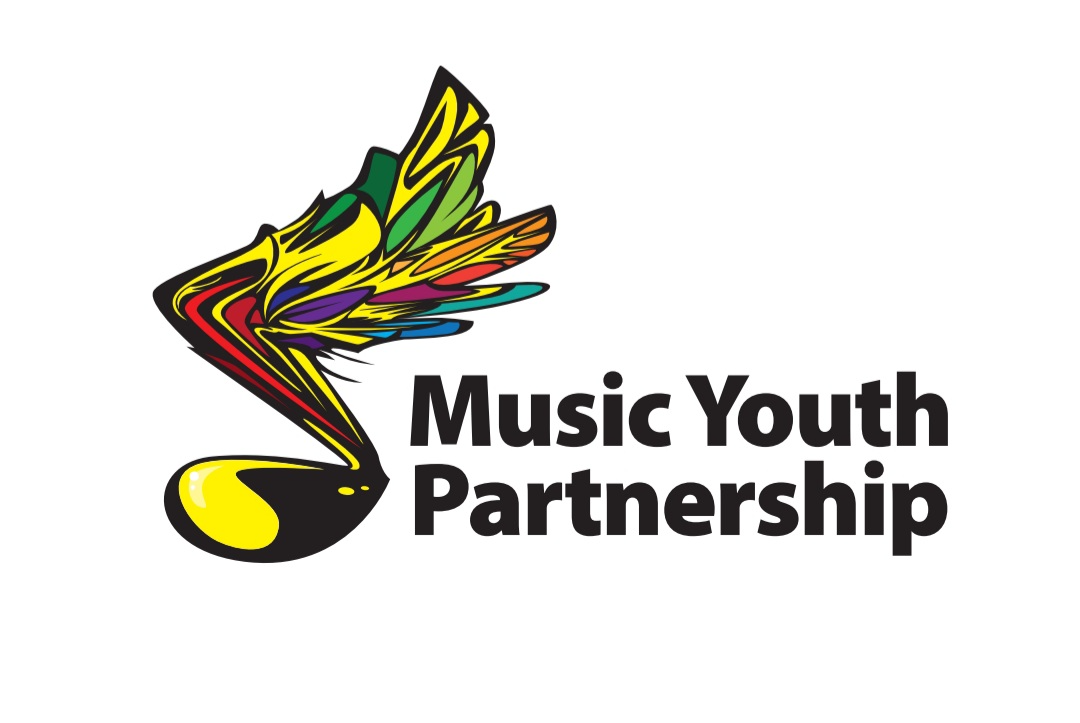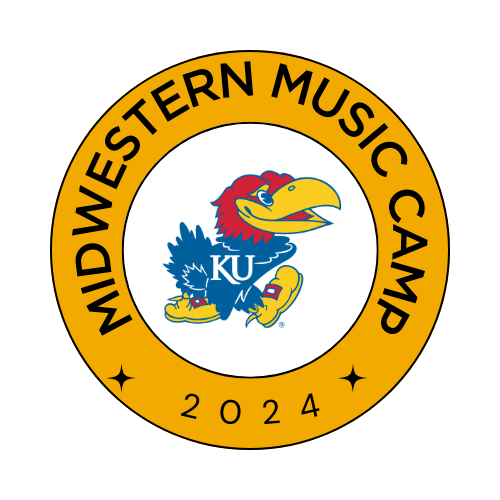
Lake Drive School, NJ
mbutler@mtlakes.org
Reprinted with permission from the October 2018 New Jersey Tempo magazine.
Bravo! You’ve made it through the first weeks of school – adjusting to the new schedule, beginning rehearsals, handing out instruments, implementing new lesson plans, and all of the other myriad activities that each September brings. You’ve had a month to meet all your students, you’ve become aware of the challenges facing some of your students, and you hopefully have an idea how to modify and accommodate for them. Music teachers are fortunate in that we see mostly the same students from year to year, so we already know many of our special learners and how best to teach them. However, if you’re a new teacher, that task is one of many new challenges you’re facing, and it may be overwhelming. So now it’s time to see how you’re faring with your special learners. For both new and experienced teachers, here’s a quiz to get you thinking:
- Have I read through all the IEP’s and 504 reports for my students?
a. I’ve skimmed through them and signed them; I don’t have time to do more than that.
b. I took notes on pertinent information so that I can better understand and remember what each child needs, and why.
Although reading through these reports can seem to be an overwhelming task, the knowledge we gain from them is valuable. That’s where we find specific diagnoses as well as descriptions of speech, motor and psychological factors that help us understand children’s behaviors and learning styles.
- Do I understand all the information in the reports?
a. I’m confused by some of the information but don’t have time to do any research; I’ll just try to implement the strategies that are listed in the reports.
b. I’m confused by some of the information but I’ll reach out to other staff members to get more insight, and do some online research as well.
Don’t panic if you don’t understand everything, and don’t try to take on everything at once; resolve to research one disability at a time. Also, recognize the power of networking: Reach out to your building’s special services department, physical and occupational therapists and talk with the other special subject teachers to share information.
- Does my seating arrangement foster learning?
a. Behavior management is my primary focus when setting up my seating plans (for example, keeping talkative students apart).
b. My seating plan considers the special needs of my students, so that each child will be in a place where optimal learning can occur.
Where children sit can have a big impact on their ability to stay on task. Take, as an example, the impact of distracting noises – proximity to loud sounds from the hallway or to the incessant buzz of a cooling or heating vent will compete with sounds that students with a hearing loss are trying to discern, and could actually distress students with auditory sensitivities. Some students will do better in the front of the room (those with certain learning disabilities, for example) and some may do better on the perimeter (a student with sensory disorders may need some breathing space between him and the next student).
- Am I communicating effectively with all students?
a. I have a loud voice and everyone can hear me, even the teachers down the hall.
b. I’m aware of the difference in communication needs of my students, and I work to be sure that all students hear and understand what I’m saying.
Communicating with our deaf and hard of hearing students may mean wearing a microphone with an FM transmitter so that students with hearing aids or cochlear implants can better discern the teacher’s voice. It also means standing in a position where students can always read our lips as we speak. Re-stating information in various ways will help students with learning disabilities or communication and language delays make sense of what we’re saying, and will reinforce meaning for all learners.
- Do I cultivate collaborative relationships among staff members?
a. I don’t have a good working relationship with my school’s paraprofessionals and I don’t know who our physical and occupational therapists are.
b. I value the insight of our paraprofessionals and seek out the advice of physical and occupational therapists, special education staff, and other staff members as needed.
Individual paraprofessionals, those who work with individual students, can be an amazing source of information and support. If we let our expectations be known early in the year and treat others with respect and appreciation, these staff members can directly affect a student’s progress – or lack of it – in our class. Furthermore, physical and occupational therapists can be great resources for us by helping our students develop the physical skills needed to play instruments, perform dance and creative movements, and the visual-spatial skills needed to decode notes on a staff and follow lyrics of a song.
- Do I have strategies and techniques that I can use to help my special learners?
a. I don’t expect my special learners to grasp everything, so I use general methods to teach everyone, and hope they learn something.
b. I modify and differentiate my lessons to accommodate the needs of my special learners so that they can develop musical skills.
If you’re unsure how to do this, take advantage of the presentations offered throughout the year by NJMEA. While some districts offer professional development sessions about disabilities, they don’t often relate to the music classroom. Each year, the conferences in February and August include several sessions presented by music teachers who have experience teaching special learners. NAfME.org is another excellent place to find information.
- Do I consciously provide an environment that is accepting of all students, one that all children can emulate?
a. I don’t really think about how my own preconceptions of special learners affect how I teach.
b. I phrase my comments and corrections in a positive way and encourage good peer relationships among students with and without disabilities.
Most children are very aware of how a teacher feels towards a student, and will consciously or unconsciously adopt the same attitude that we have. If we’ve had negative experiences in the past, or have insecurities about including special learners, these feelings may color how we treat our current students. How we handle them are teachable moments for our students, as they see us welcoming and encouraging all students. Make a decision to foster a positive relationship with students built on realistic expectations, kindness, fairness and respect.
How did you do? If you answered “b” for most questions, you’re off to a great start! Now, one last question to assess your attitude:
- Do I have a positive attitude towards including special learners in my class?
a. I don’t like having some of these students in my chorus/band/general music class, but I’ll just have to accept it. I’m not doing anything overtly to welcome them and I may be even sending signals that they’re not welcome, and other students may be sensing this.
b. I’m not sure how to help some of these students but I will talk to the other teachers and see what I can learn, and then do everything I can to increase their chances of success. In the meantime, I will model empathy and compassion.
Many studies have shown that teacher attitude is a key factor in the success of inclusion. Learning as much as we can about our students and developing sound strategies to teach them will improve our outlook, and providing an accepting environment will help all our students grow in understanding and tolerance.
Hopefully this quiz helped you assess your ability and your attitudes, and perhaps revealed potential areas for growth in your teaching style. If so, there is plenty of time left in the school year to ensure that you and your special learners can have a successful and rewarding year!























